Best Seasons for Foundation Repairs
Foundation repairs are most effective when performed during specific times of the year that minimize soil movement and environmental stress. Generally, the optimal periods are during moderate temperatures and when soil moisture levels are stable. Avoiding extreme weather conditions helps ensure the longevity and effectiveness of repairs.
Spring and fall are preferred due to moderate temperatures and stable soil conditions, reducing the risk of further shifting.
Dry, mild weather minimizes soil expansion and contraction, which can interfere with repair stability.
Perform repairs when soil moisture is consistent to prevent additional movement that can compromise foundation stability.
High heat or heavy rain can hinder repair work and affect the durability of solutions implemented.
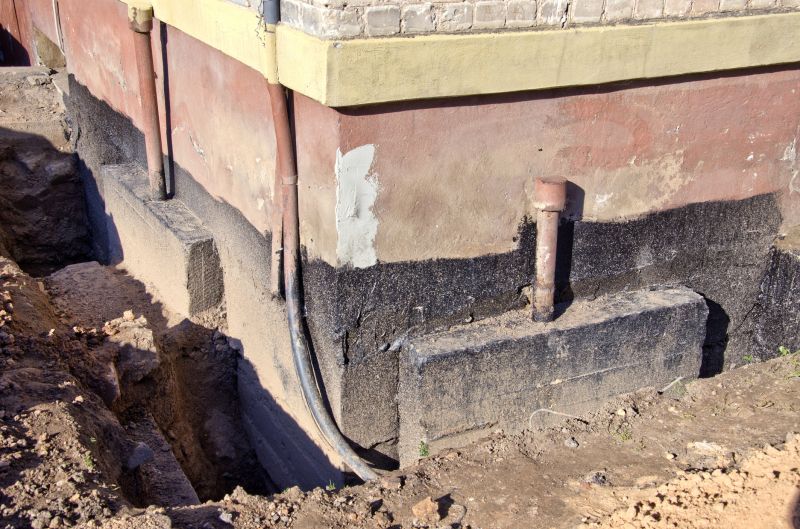
Spring offers moderate temperatures and soil moisture, ideal for foundation stabilization.
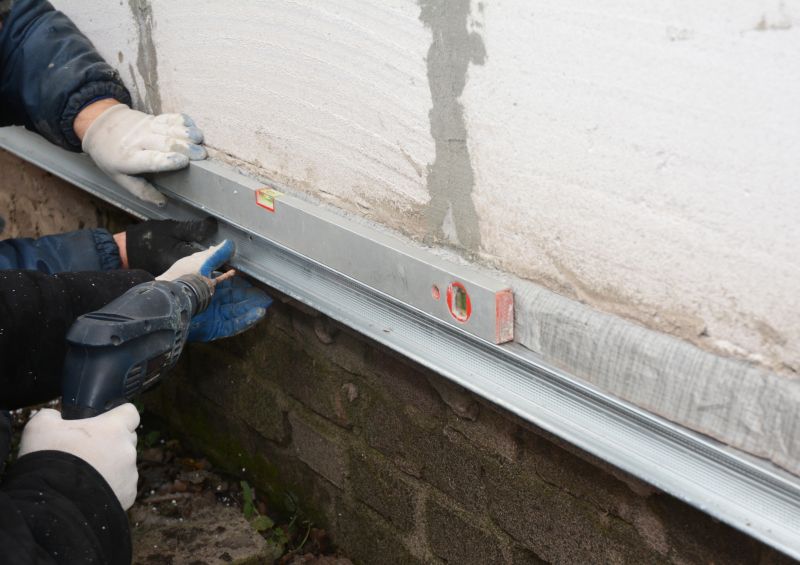
Fall provides cooler weather and less soil movement, making it suitable for repairs.
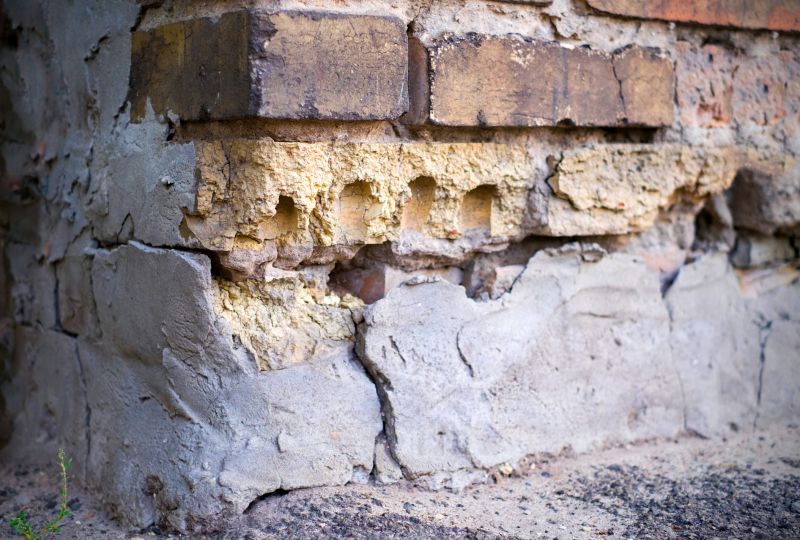
Dry and mild weather supports efficient repair work and durable results.
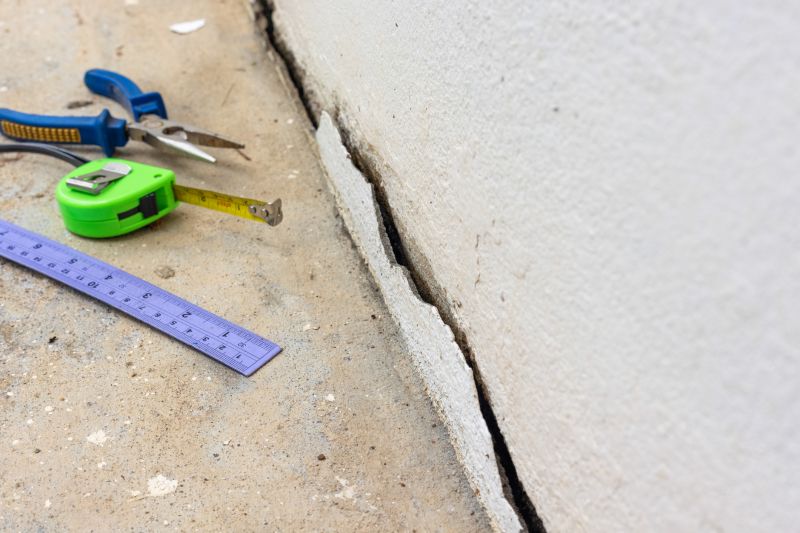
Ways to make Foundation Repairs work in tight or awkward layouts.
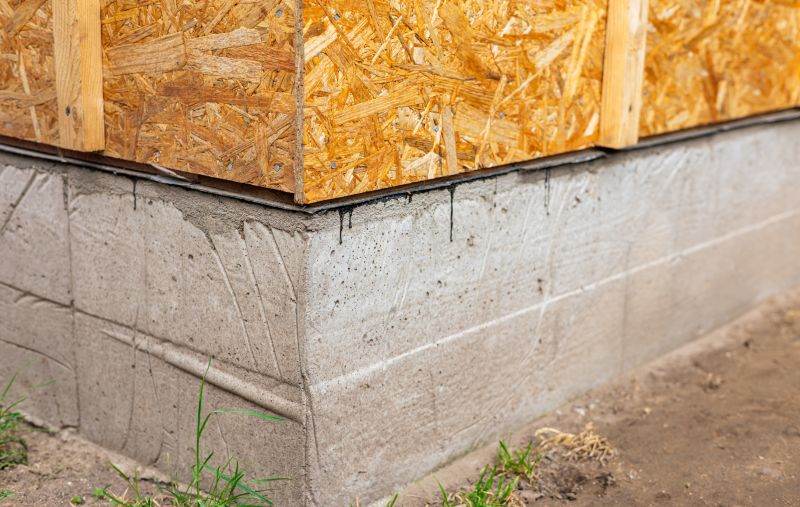
Popular materials for Foundation Repairs and why they hold up over time.
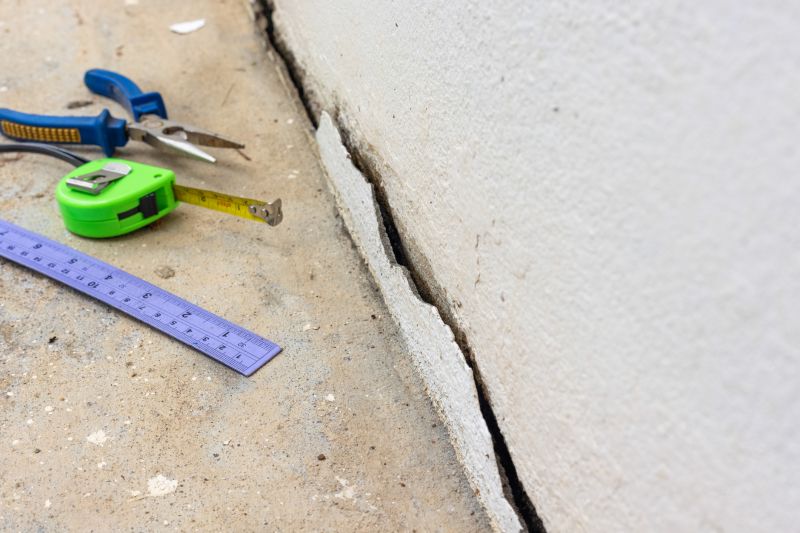
Simple add-ons that improve Foundation Repairs without blowing the budget.

High-end options that actually feel worth it for Foundation Repairs.
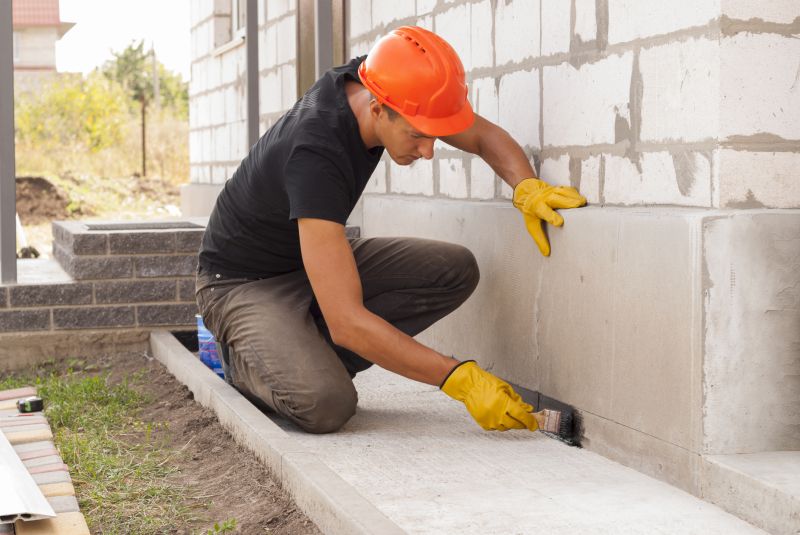
Finishes and colors that play nicely with Foundation Repairs.
| Season | Advantages |
|---|---|
| Spring | Moderate temperatures and soil moisture promote effective repairs. |
| Fall | Cooler weather and stable soil conditions favor long-lasting results. |
| Summer | High temperatures and dry soil can complicate repairs. |
| Winter | Cold weather and frozen ground hinder repair processes. |
| Late Summer | Potential for increased soil shifting due to heat and drought. |
Understanding the timing for foundation repairs is crucial for achieving durable and effective results. Soil conditions, weather patterns, and temperature fluctuations significantly influence the success of repair projects. By scheduling repairs during periods of stability, property owners can reduce the risk of recurring issues and extend the lifespan of the foundation.
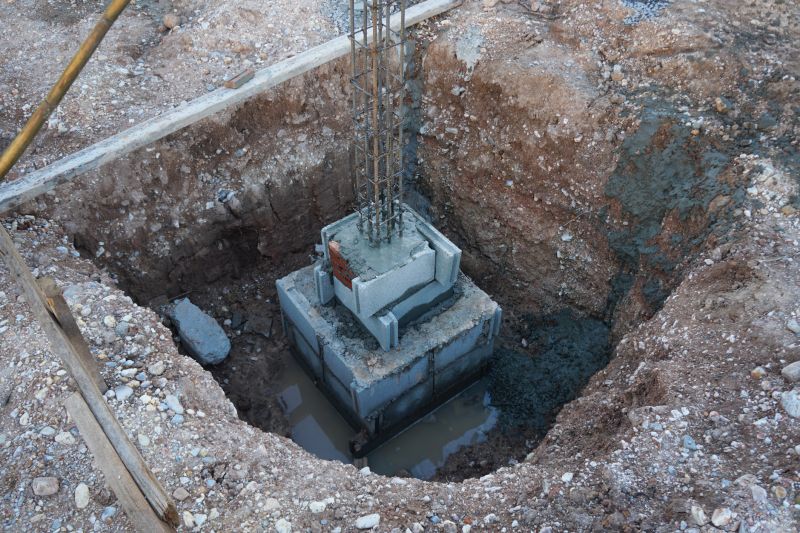
Proper timing allows for optimal repair techniques and soil stabilization.

Timing repairs during stable soil conditions enhances effectiveness.
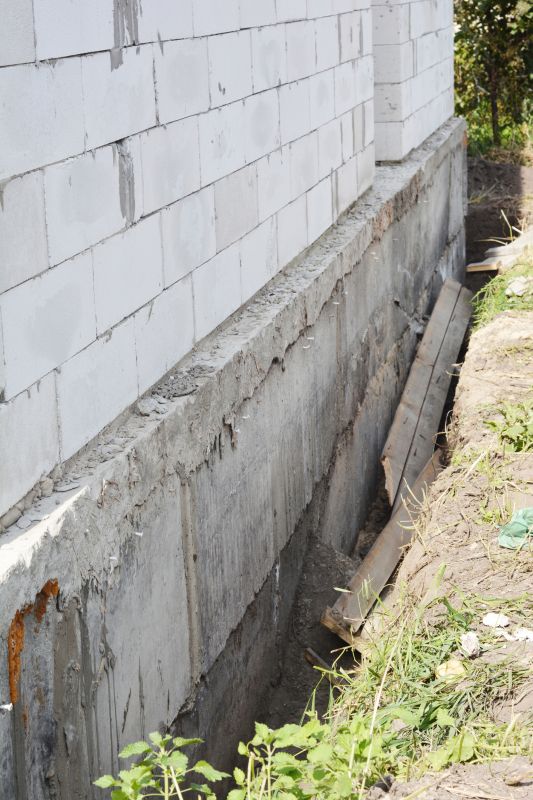
Assessments are most accurate when soil and weather conditions are ideal.
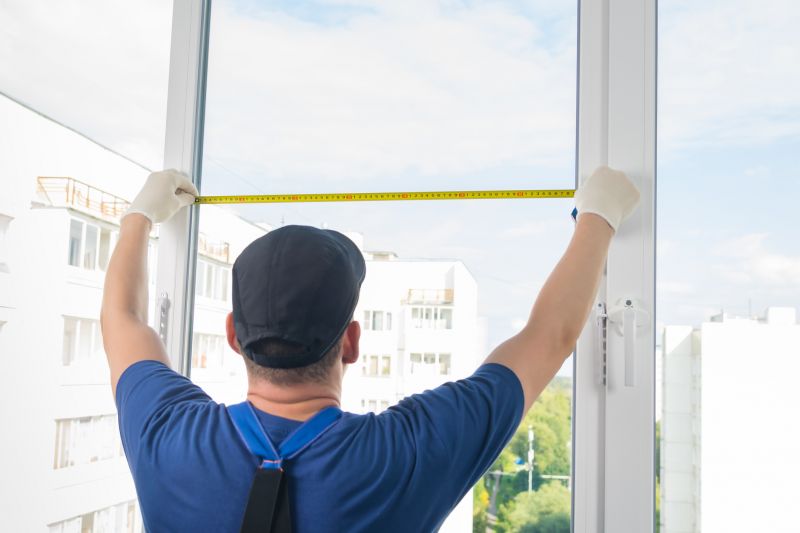
Little measurements that prevent headaches on Foundation Repairs day.
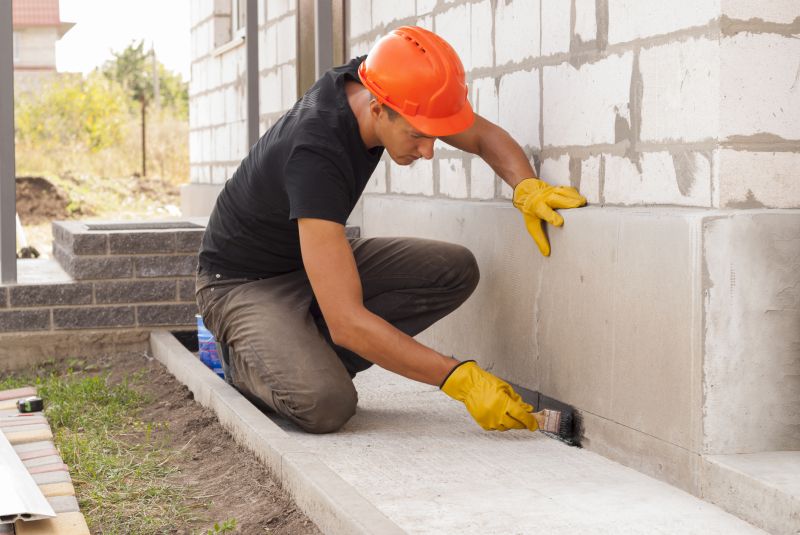
A 60-second routine that keeps Foundation Repairs looking new.

A frequent mistake in Foundation Repairs and how to dodge it.
Timely foundation repairs help prevent further structural damage and costly future repairs. Proper planning around seasonal and weather conditions ensures that repairs are performed under optimal circumstances, promoting long-term stability and safety.
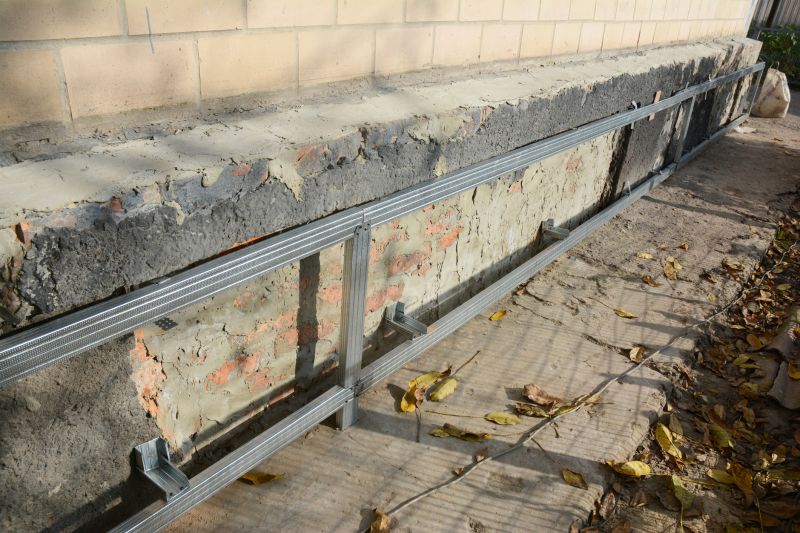
A properly timed repair site prepared for effective stabilization.
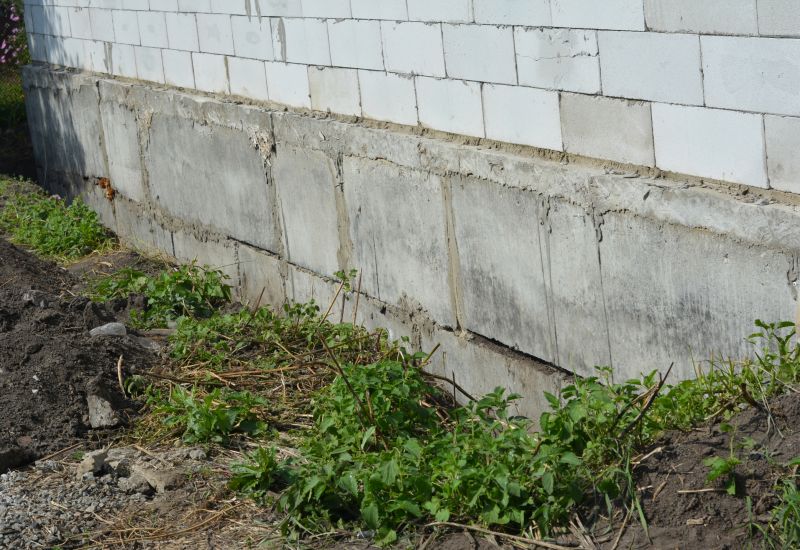
Soil testing during appropriate seasons guides repair strategies.
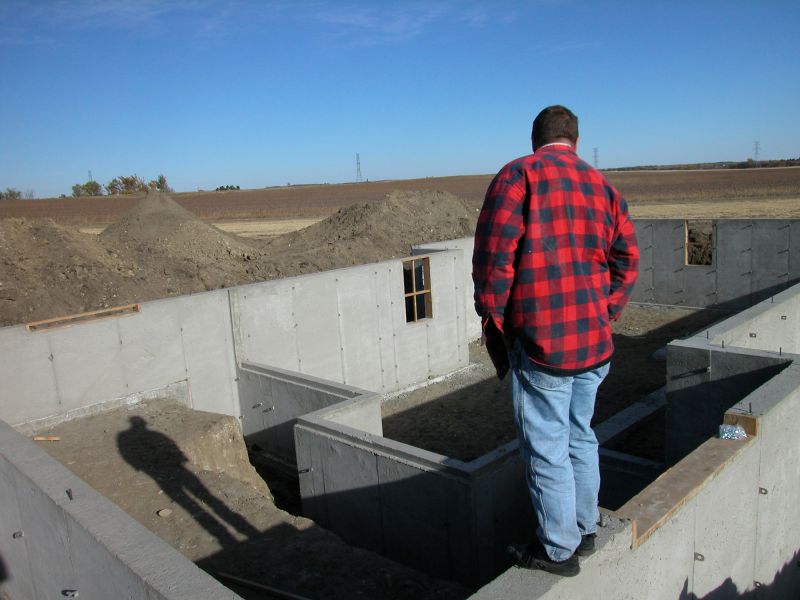
Inspections during stable conditions provide accurate assessments.

Long-lasting repairs achieved with proper timing and techniques.

Small tweaks to make Foundation Repairs safer and easier to use.
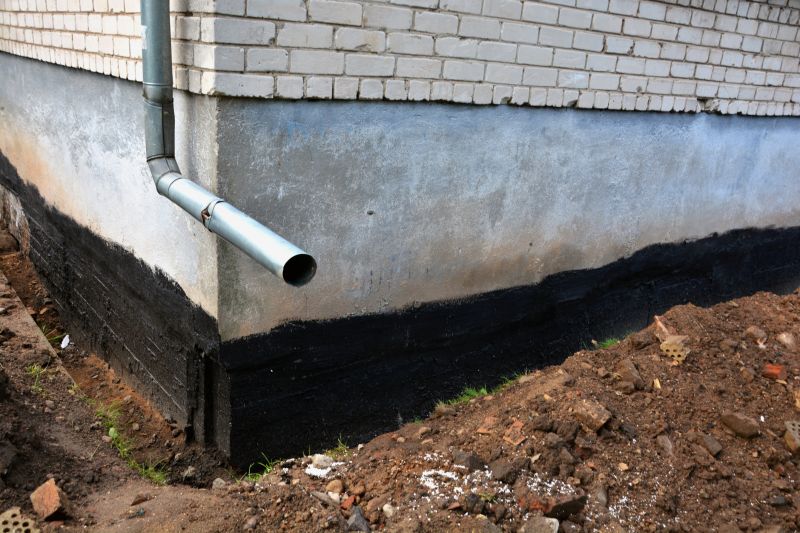
Lower-waste or water-saving choices for Foundation Repairs.
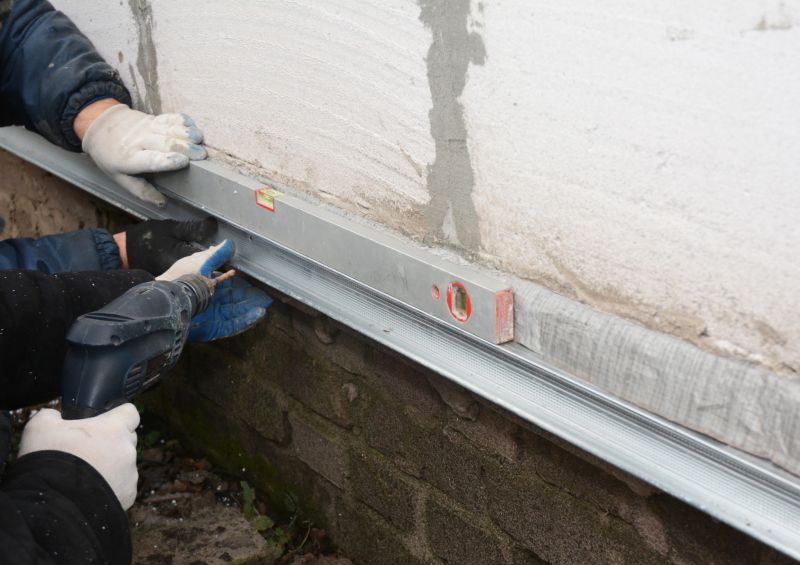
The short, realistic tool list for quality Foundation Repairs.

Rough timing from prep to clean-up for Foundation Repairs.
Interested property owners are encouraged to contact for further details or to schedule an assessment. Proper timing and professional expertise are key to ensuring the stability and safety of a building's foundation over time.
